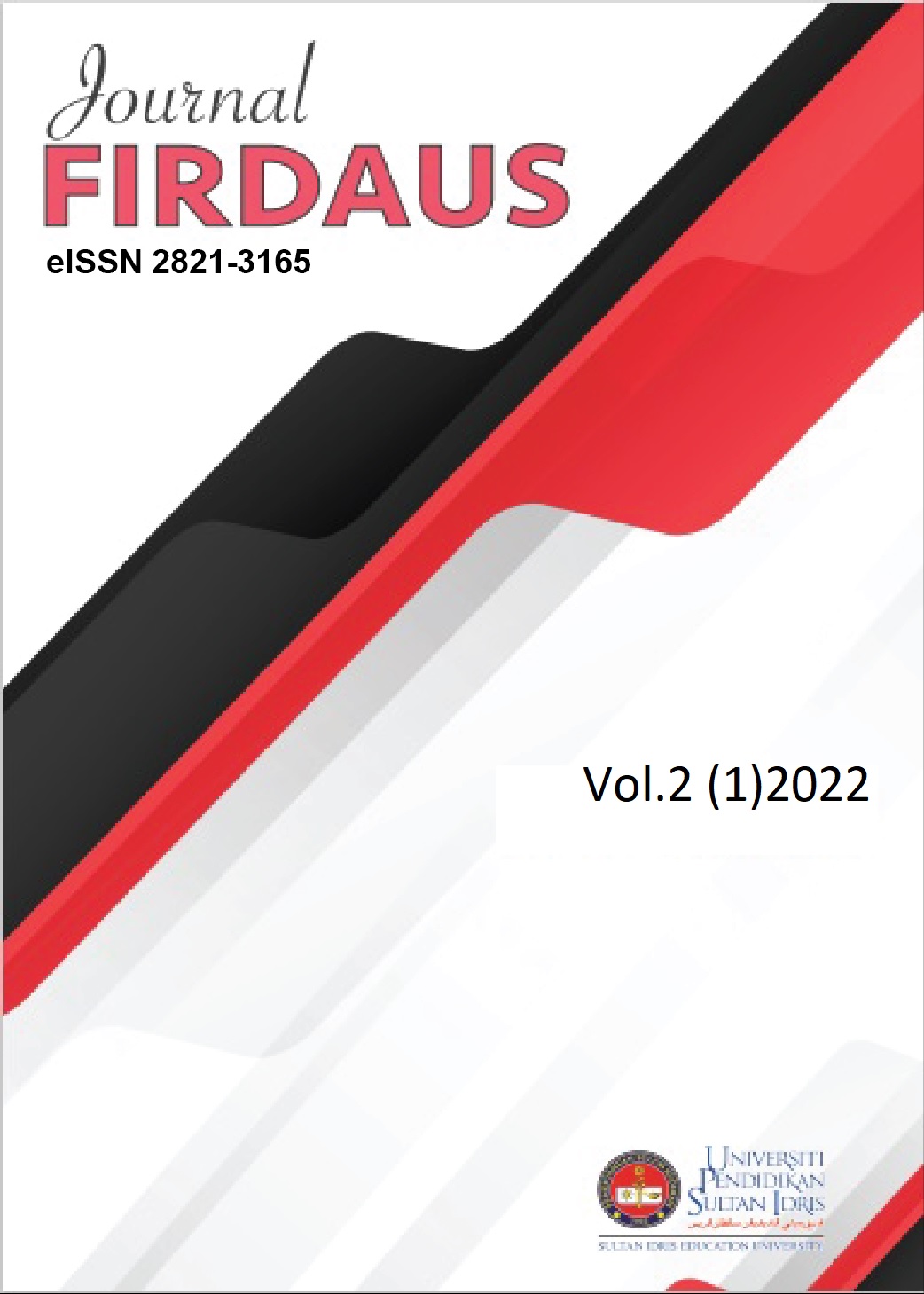Capital Inflow, Exchange Rate and Agricultural Output: Evidence from Sub- Saharan African Region
DOI:
https://doi.org/10.37134/firdaus.vol2.1.5.2022Keywords:
Cash inflows, Exchange rate, Agricultural OutputAbstract
The numerous roles played by the agricultural sector across the globe has made it imperative to enquire into the hardship encountered by the participants of the sector in sourcing for fund and procurement of inputs needed for further production across the Sub-Saharan African region. This study however investigated the influence of capital and exchange rate on agricultural output in Sub-Saharan African nations from 1998-2018 using panel system-GMM estimation technique. The study found capital inflow to be positively related to agricultural output in SSA nations while exchange rate revealed a negative relationship with agricultural output in SSA nations. Decomposing the capital into private and public capital suggest that private capital is positively related to agricultural output while public capital is negatively related to agricultural output in SSA nations. The interactive role of capital and exchange rate on agricultural output is highly keen to the success of the agricultural sector in the SSA nations, since they both contribute to the agricultural output. The authorities in the SSA nations should maintain an appreciating exchange rate and make policies that will attract additional investors in order to increase the availability of capital, agricultural output, decrease unemployment and poverty level in SSA region.
Downloads
References
Adekunle, I. A. (2020). On the search for environmental sustainability in Africa: the role of governance. Environmental Science and Pollution Research, Prilleltensky 2012. https://doi.org/10.1007/s11356-020-11432-5
Adeola, O. & Ikpesu, F. (2016). An empirical investigation of the impact of bank lending on agricultural output in Nigeria: A vector autoregressive (VAR) approach. The Journal of Developing Areas, 50 (6), 89-103. DOI:https://doi.org/10.1353/jda.2016.0140.
Ajuwon, O. S. & Ogwumike, F. O. (2013). Uncertainty and Foreign Direct Investment: A Case of Agriculture in Nigeria. Mediterranean Journal of Social Sciences, 4(1), 155-165. Doi:10.5901/mjss.2013.v4n1p155.
Anetor, F.O., Ogbechie, C., Kelikume, I. & Ikpesu, F. (2016). Credit supply and agricultural production in Nigeria: A vector autoregressive (VAR) approach. Journal of Economics and Sustainable Development,7,(2), 132-143.
Arellano, M., and O. Bover. 1995. Another look at the instrumental variable estimation of error-components models. Journal of Econometrics, 68: 29–51.
Arellano, M., and S. Bond. 1991. Some tests of specification for panel data: Monte Carlo evidence and an application to employment equations. Review of Economic Studies, 58: 277–297.
Blundell, R., and S. Bond. 1998. Initial conditions and moment restrictions in dynamic panel data models. Journal of Econometrics, 87: 115–143.
Choi, I. (2001). Unit root tests for panel data. Journal of International Money and Finance 20: 249–272.
Djokoto, J.G. (2012). Effects of foreign direct investment inflows into agriculture on food security in Ghana. Journal of Economics and Sustainable Development, 3,(2), 81-92.
Epaphra, M. & Mwakalasya, A.H. (2017). Analysis of foreign direct investment, agricultural sector and economic growth in Tanzania. Modern Economy, 8, 111-140. http://dx.doi.org/10.4236/me.2017.81008.
Epaphra, M. (2016). Foreign direct investment and sectoral performance in Tanzania. Journal of Economics and Political Economy, 3(4), 670-719.
Ikpesu, F. & Okpe, A. E. (2019). Capital inflows, exchange rate and agricultural output in Nigeria. Future Business Journal, 5:3,1;8. https://doi.org/10.1186/s43093-019-0001-9.
Kareem, R.O., Bakare, H.A., Raheem, K.A., Ologunla, S.E, Alawode, O.O. & Ademoyewa, G.R. (2013). Analysis of factors influencing agricultural output in Nigeria: Macro-economic perspectives. American Journal of Business, Economic and Management, 1(1), 9-15.
Kim, Y. J. & Zhang, J. (2016). International capital flows: Private versus public ∗.
Obansa, S. A. J. & Maduekwe, I. M. (2013). Agriculture financing and economic growth in Nigeria. European Scientific Journal, 9, (1), 168-204.
Olarinde O. M. & Abdullahi, H. (2014). Macroeconomic policy and agricultural output in Nigeria: Implications for food security. American Journal of Economics, 4(2), 99-113. DOI: 10.5923/j.economics.20140402.02.
Oloyede, B.B. (2014). Impact of foreign direct investment on agricultural sector development in Nigeria, (1981-2012). Kuwait Chapter of Arabian Journal of Business and Management Review, 3, (12),14-24.
Osigwe, A.C. & Obi, K. O. (2016). Modelling the impacts of remittances on real exchange rate of Nigeria’s Naira. African Journal of Economic and Sustainable Development, 5,(1), 1–11.
Roodman, D. (2009). How to do xtabond2: An introduction to difference and system GMM in Stata. The Stata Journal, 9(1), 86-36.
Taurai, Z. (2014). Foreign direct investment (FDI) and agricultural growth in Zimbabwe. B.Sc. Degree project in Department of Agricultural Economics and Development Faculty of Natural Resources Management and Agriculture Midlands State University.
Verter, N. (2017). The impact of agricultural foreign aid on agriculture in Nigeria. Bulgarian Journal of Agricultural Science, 23(5), 689–697.
Weerapong, S. (2006). Do Japanese foreign direct investment and trade stimulate agricultural growth in East Asia? Panel cointegration analysis. Doctoral Thesis. Contributed paper prepared for presentation at International Association of Agricultural Economists Conference, Gold Coast, Australia, August 12-18, 2006.
Wondemu, K. & Potts, D (2016). The impact of the real exchange rate changes on export performance in Tanzania and Ethiopia. African Development Bank Working Paper No. 240 August 2016.
Yusuff, M.A., Afolayan, O.T. & Adamu, A.M (2015). Analysis of foreign direct investment on agricultural sector and its contribution to GDP in Nigeria. Journal of Emerging Trends in Economics and Management Sciences (JETEMS), 6, (2), 94-100.
Yunusa, L. A. (2020). Exchange rate volatility and Nigeria crude oil export market. Scientific African, 9, e00538. https://doi.org/10.1016/j.sciaf.2020.e00538





